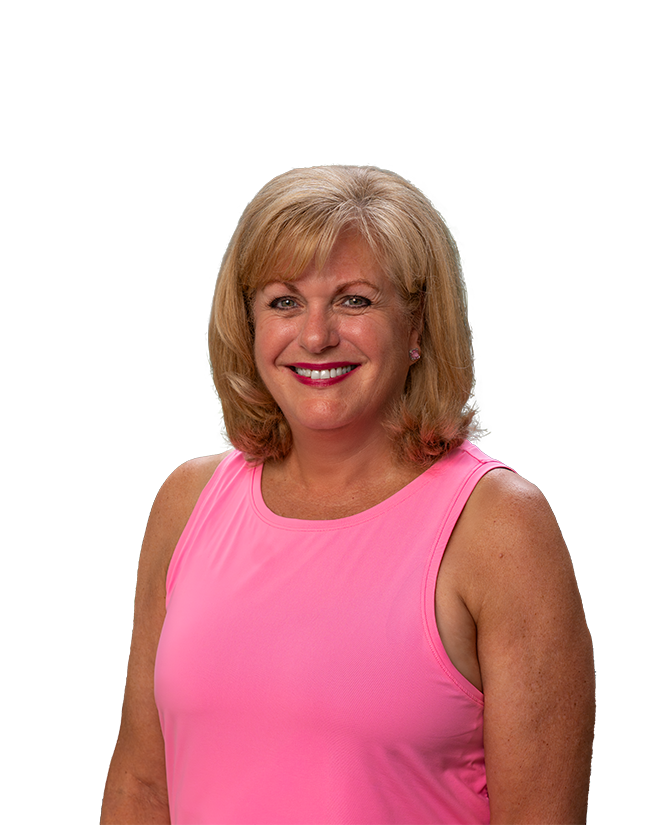3D Mammograms
MUSC Hollings Cancer Center recommends annual mammograms for all average-risk women beginning at age 40. Studies show that routine mammograms reduced a woman’s risk of dying from breast cancer within 10 years of her diagnosis by 41%. With 3D mammography services in downtown Charleston, Mount Pleasant, North Charleston and West Ashley — as well as at MUSC Health locations across the state — we are making it easier than ever for women to schedule their annual mammogram.
What you can expect from a Hollings mammogram:
- Fellowship-trained radiologists who specialize in breast imaging.
- Same-day appointments when possible.
- A relaxing, female-friendly atmosphere.
- Digital mammography for faster and more accurate readings.
- A report that includes an assessment of your preliminary lifetime risk of breast cancer.
- The American College of Radiology has designated MUSC a Comprehensive Breast Imaging Center.
Breast ultrasound
Hollings offers both diagnostic and screening ultrasounds. Your doctor may refer you for a screening ultrasound if you have dense breasts but are not at such high risk that an MRI screening is recommended. The ultrasound is performed in addition to a 3D mammogram.
If a change has been detected on your mammogram, the doctor may refer you for a diagnostic ultrasound, to get a different view of the area.
Ultrasound can also be used to help a doctor visualize the breast tissue when performing a core biopsy.
Breast MRI
Another important tool for detecting breast cancer is a breast MRI, a non-invasive and very sensitive way of detecting cancer using magnetic resonance imaging (MRI). Recent recommendations from the American Cancer Society suggest that many high-risk women should be screened routinely with breast MRI.
Breast MRI is most effective and convenient when it is done at a center, like MUSC Hollings Cancer Center, that also offers MRI-guided biopsy — that way patients will not have to go to multiple locations and receive repeat studies.
Stereotactic biopsy
A stereotactic biopsy uses a 3D image to guide a needle in the removal of sample tissue from the breast. This approach allows biopsies to be done in the mammography suite instead of the operating room.
Computer-aided diagnosis
This technology double-checks mammograms and highlights suspicious features and abnormalities that might be indicative of cancer.
High-risk breast evaluation program
The Hollings High-Risk Breast Evaluation Program provides advanced screening, detection and treatment of breast cancer to women at high risk for developing the disease.
Genetic counseling
For patients with a family history of cancer, genetic testing can help determine how best to reduce risk. Genetic counseling at Hollings provides patients with a quantitative breast cancer and genetic risk assessment, consultation on the pros and cons of genetic testing as well as the coordination of genetic testing and interpretation of test results. Patients who test positive are then followed in the Hollings Hereditary Cancer Clinic.
Hollings Hereditary Cancer Clinic
For people with a cancer risk gene, this clinic can help organize your follow-up care and minimize your risk. Genetic mutations that may be passed down through families can put you at higher risk for breast cancer. Some of these mutations can cause different types of cancer. For example, a mutation in the CHEK2 gene can increase the risk of colorectal cancer and breast cancer. The Hollings Hereditary Cancer Clinic can help you to understand your genetic risk of cancer and steps that you can take to prevent cancer or find it earlier.


